Animal handling gloves are designed to protect hands and arms from bites and scratches while ensuring enough dexterity to handle animals safely. These gloves are made from durable materials like leather, Kevlar, and synthetic blends to provide puncture and cut resistance.
Key Features of Animal Bite-Resistant Gloves
When choosing gloves to prevent animal bites, consider these essential features:
- Material: Leather and Kevlar are the most commonly used materials for bite-resistant gloves. Leather offers durability, while Kevlar enhances cut and puncture resistance.
- Length: Extended cuffs protect the forearms, which is especially important when handling aggressive or large animals.
- Flexibility: Gloves should allow for enough movement to handle animals without restricting grip or control.
- Grip: A non-slip grip helps prevent accidental slips while handling animals.

Best Gloves for Animal Handling
Here are some of the top gloves designed for animal bite protection:
| Glove Model | Material | Key Features | Best For |
|---|---|---|---|
| RAPICCA Animal Handling Gloves | Leather + Kevlar lining | Heat and cut-resistant, long cuffs for added protection | Dogs, cats, birds, reptiles |
| ArmOR Hand Gloves | Synthetic with Kevlar lining | Flexible, machine washable, reinforced palm | Veterinary work, wildlife rescue |
| Defender Animal Gloves | Thickened leather | High durability, extra padding | Handling larger aggressive animals |
| WingOfFly Animal Gloves | Leather | 23.6-inch long design for full arm coverage | Birds, small mammals |
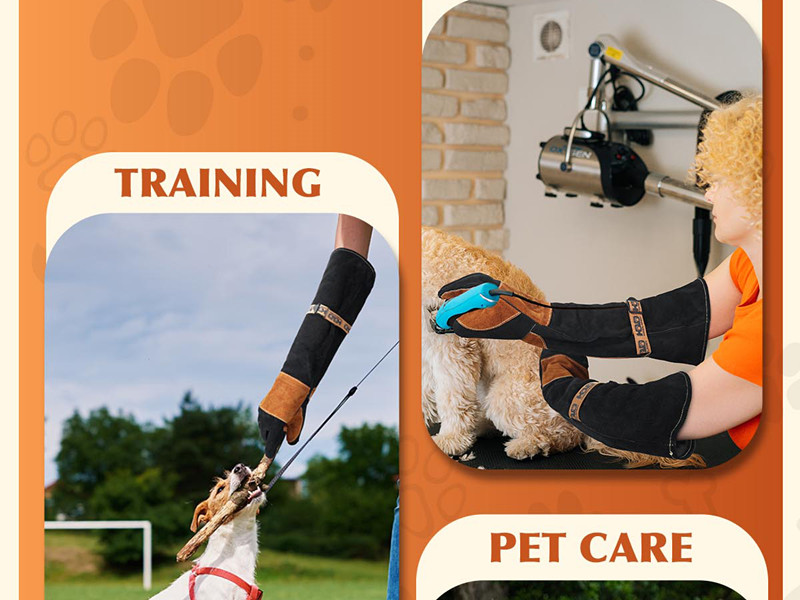
Types of Animal Handling Gloves
- Small Animal Gloves: Designed for handling cats, rabbits, and birds, these gloves provide lightweight protection without restricting movement.
- Large Animal Gloves: Ideal for working with dogs, farm animals, and wild animals that may have stronger bites.
- Reptile Gloves: Made with textured surfaces to provide a firm grip on slippery reptiles like snakes and lizards.
Are Animal Handling Gloves 100% Bite-Proof?
No glove can guarantee complete protection from all bites, especially from large or highly aggressive animals. While these gloves reduce the risk, handlers should always use proper animal restraint techniques and stay cautious.
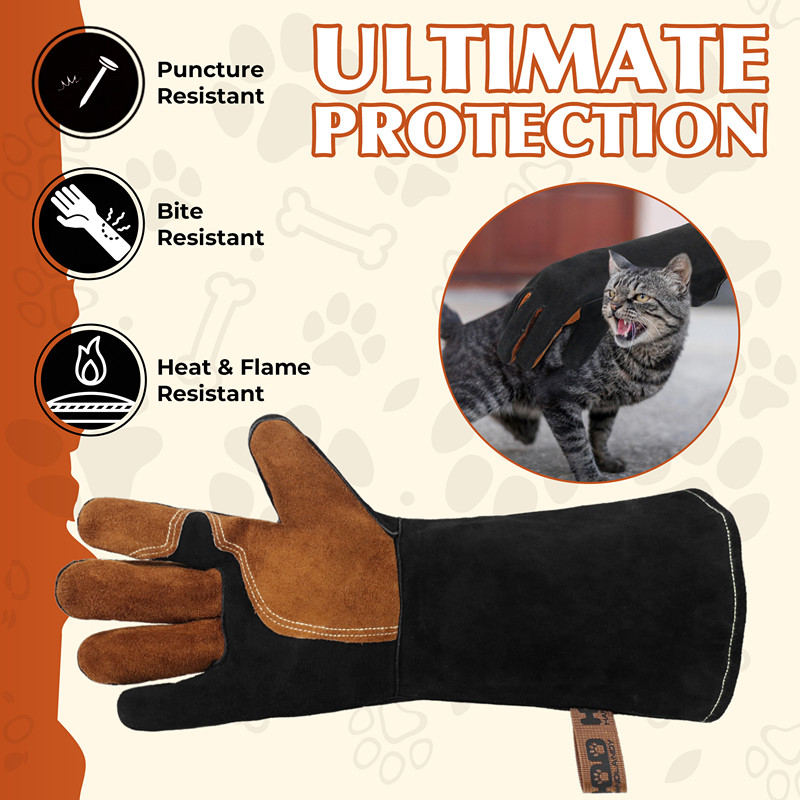
Conclusion
Using the right gloves can significantly reduce the risk of animal bites and scratches. The best gloves depend on the type of animal being handled, the level of protection needed, and the balance between safety and flexibility. For professionals working with animals, investing in high-quality, bite-resistant gloves is essential for safety.

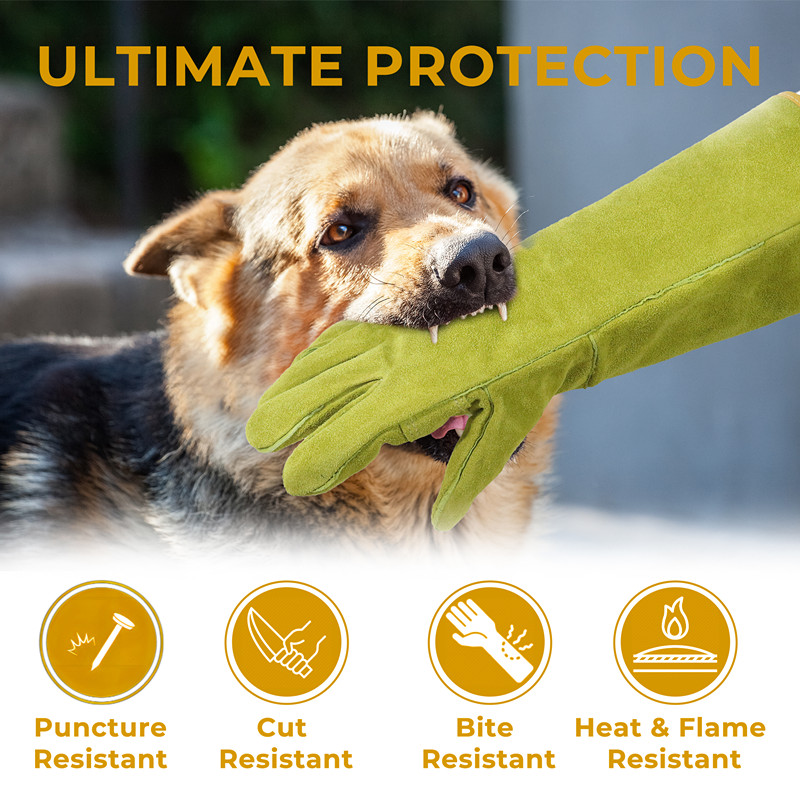

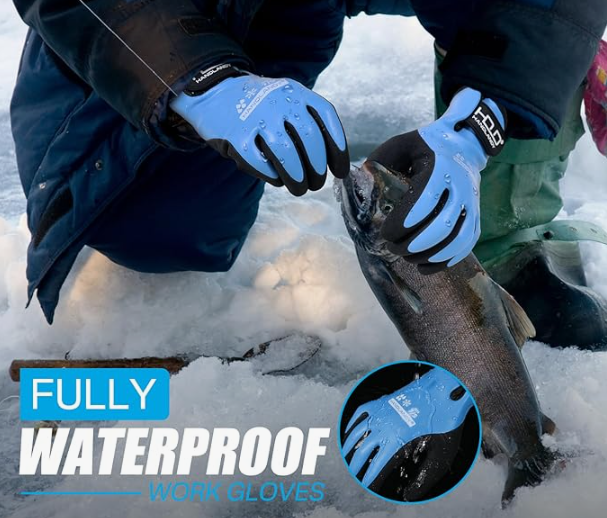
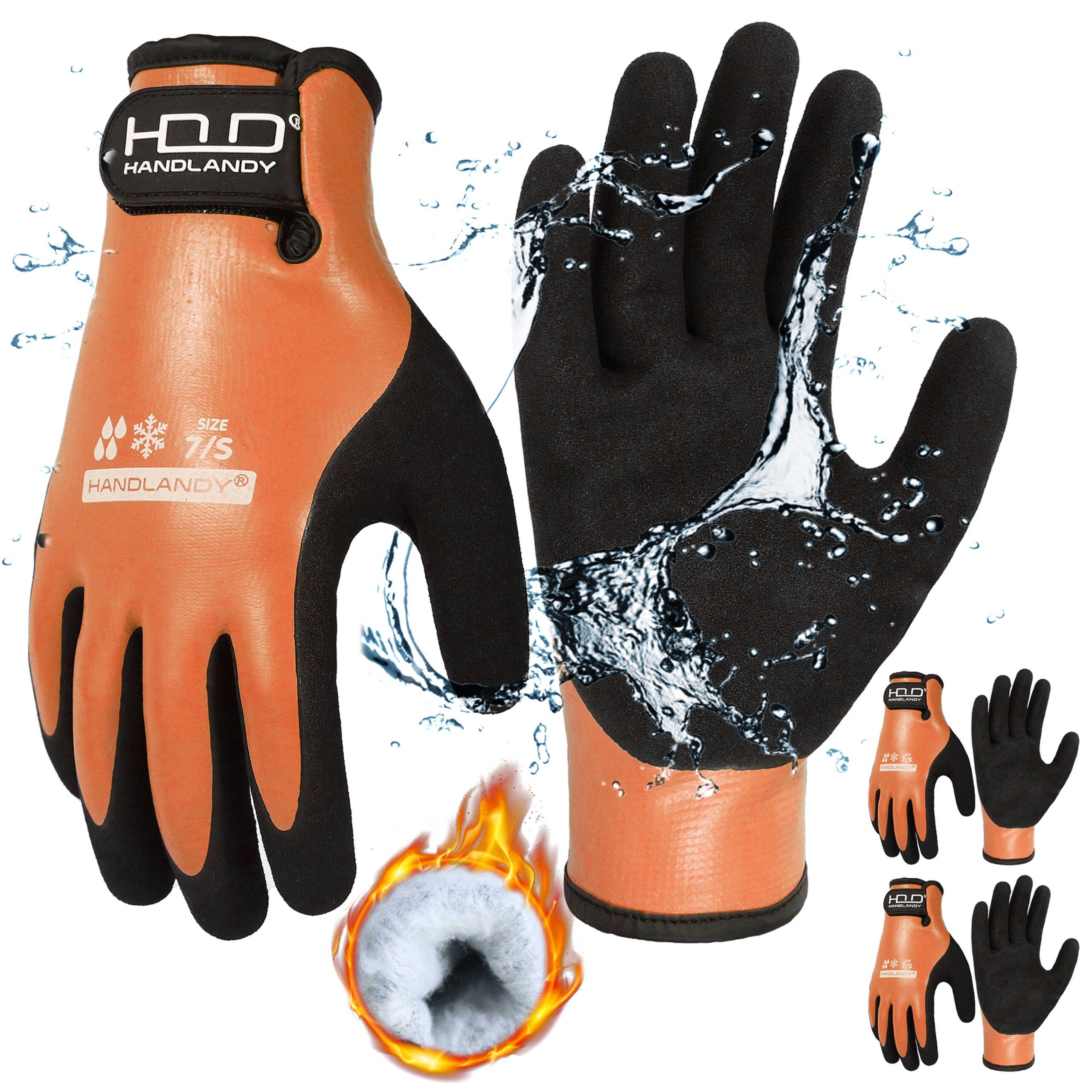

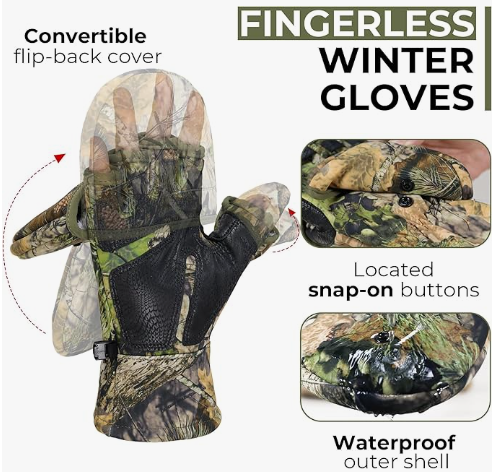


2 Responses
Aided me a lot, just what I was searching for : D.
Thanks a ton for the shout-out—knowing the site was helpful to you just made our day.
We’ll keep the good stuff coming!
All the best,